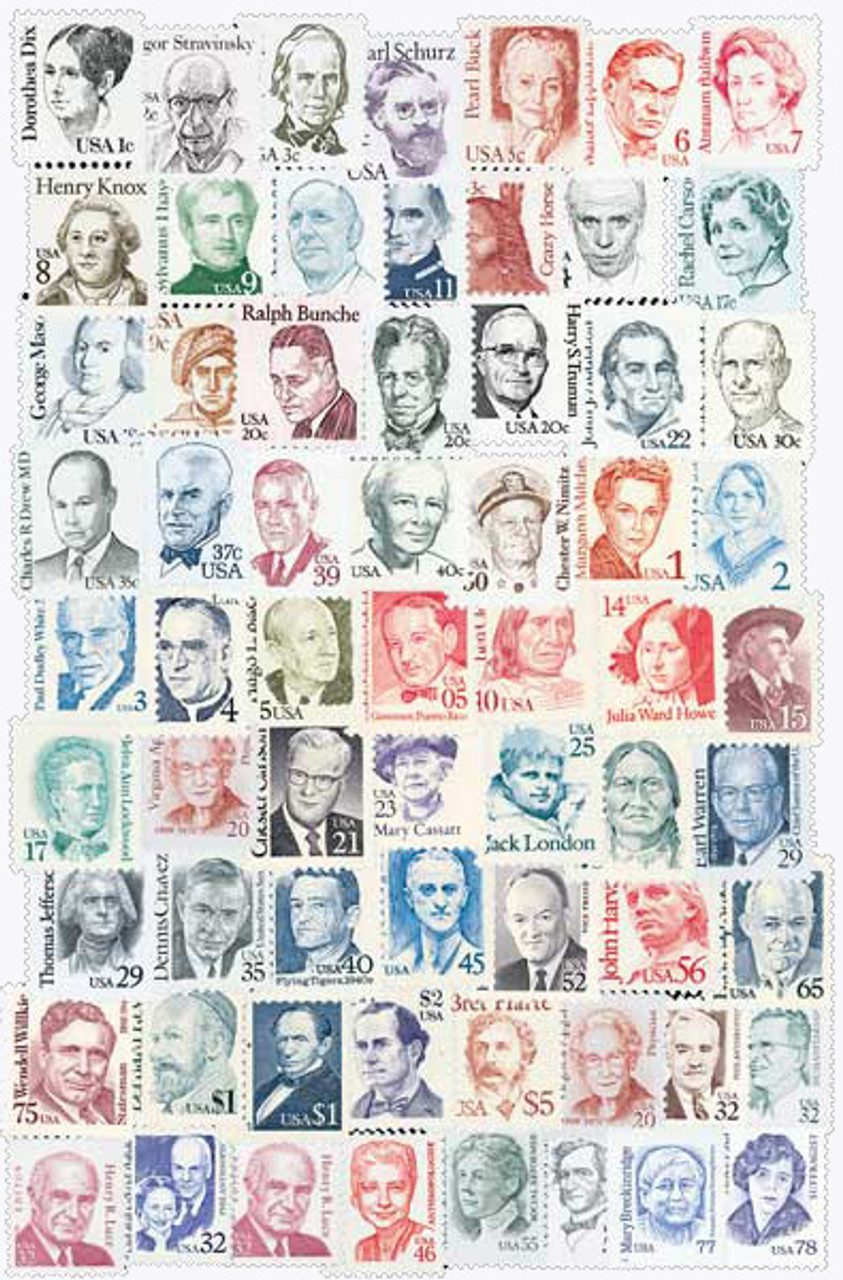Birth of Sam Houston
American soldier and politician Sam Houston was born on March 2, 1793, in Rockbridge County, Virginia. He was a hero of the Texas Revolution and the first president of the Republic of Texas.

American soldier and politician Sam Houston was born on March 2, 1793, in Rockbridge County, Virginia. He was a hero of the Texas Revolution and the first president of the Republic of Texas.

On December 27, 1980, the USPS issued the first stamp in the Great Americans Series, which would go on to become the longest-running US definitive series.

Christopher Houston Carson was born December 24, 1809, in Richmond, Kentucky. Better known as Kit Carson, his contributions to the westward expansion of the United States rank him as one of the nation’s great folk heroes.

On November 7, 1811, future president William Henry Harrison clashed with Tecumseh’s warriors at the Battle of Tippecanoe, a precursor to the War of 1812. Harrison claimed victory and became known as “Old Tippecanoe.”

On April 8, 1975, an Act of Congress officially established Voyageurs National Park. The park preserves and commemorates the thousands of men who paddled their canoes through Canada and Minnesota with their bundles of furs. Not only did they help grow the economy of the area, but they encouraged settlement and opened pathways previously unknown to bring people to the northwest.

On February 21, 1828, the first Native American newspaper, utilizing Sequoyah’s Cherokee Syllabary, was printed. The paper presented official laws and documents of the Cherokee nation as well as local and national news.

On February 11, 1916, President Woodrow Wilson signed legislation establishing Bandelier National Monument in New Mexico. The 33,677-acre park protects ancient pueblo structures and is home to a notable Civilian Conservation Corp district.

On January 11, 1978, the USPS issued its smallest postage stamp, featuring the famed Indian Head Penny. The stamp was a USPS experiment to cut costs and increase output.

On October 15, 1966, President Lyndon Johnson signed legislation establishing the Pictured Rocks National Lakeshore on Michigan’s Upper Peninsula on the shore of Lake Superior. It was the first national lakeshore in the United States.